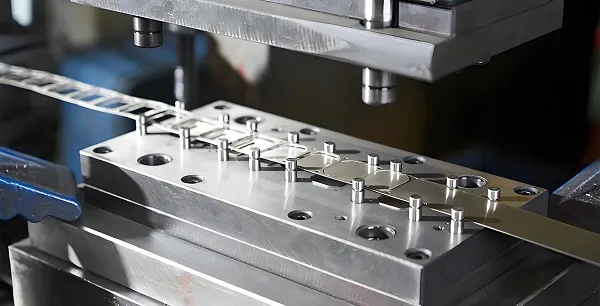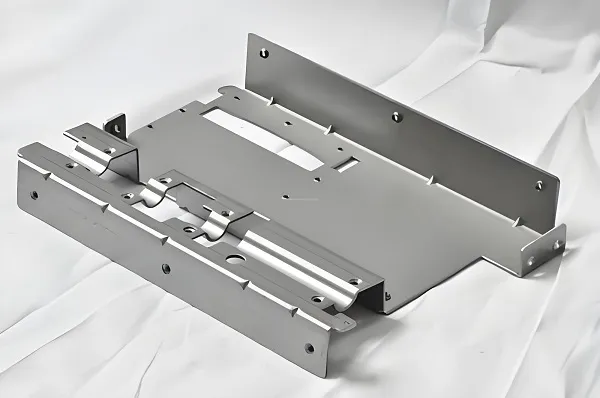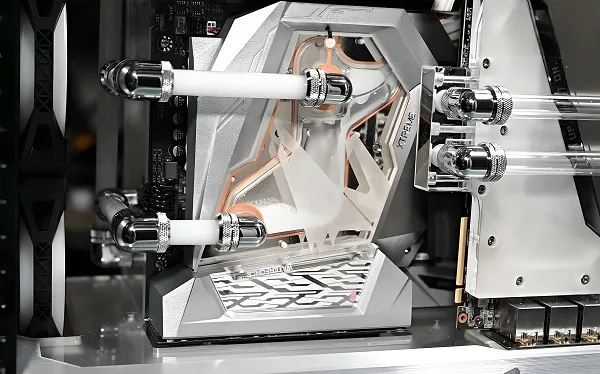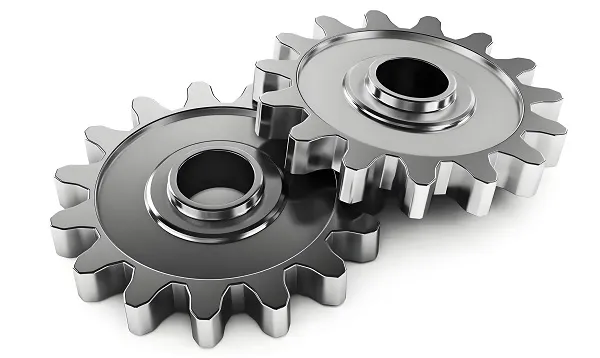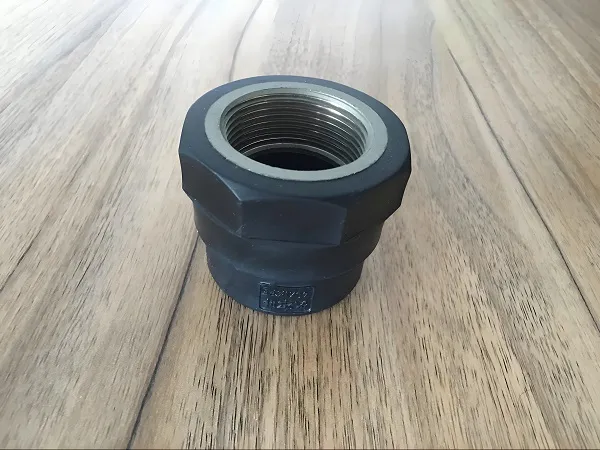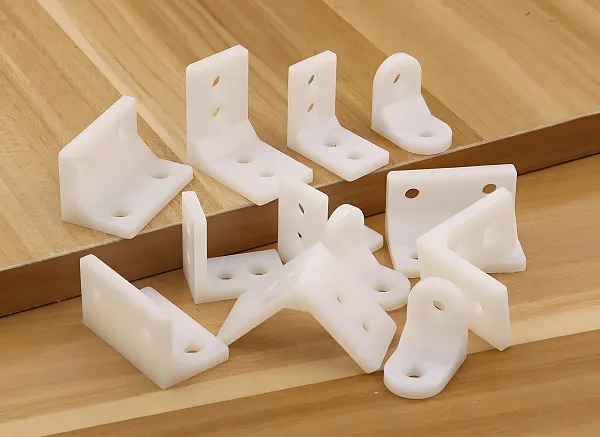Lathe machining parts refers to the process of cutting raw materials (e.g., metals, plastics, etc.) through lathe equipment to make parts with specific shapes, sizes, and accuracies. Lathe, especially modern CNC lathe, is one of the key equipments in the field of machining, it rotates the workpiece and cuts along the surface of the workpiece with a tool, so as to gradually remove the excess material until the desired shape and size of the part is achieved.
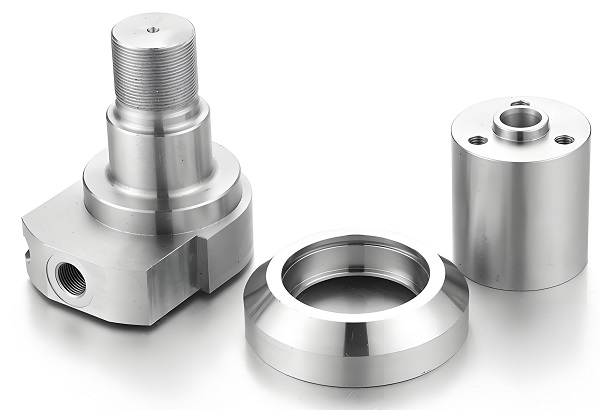
1. Characteristics of lathe-machined parts
Lathe processing parts refers to the lathe (especially CNC lathe) on the metal, plastic and other materials for cutting, made of a specific shape, size and accuracy of the parts. These parts usually have rotational symmetry, such as shafts, gears, threaded parts. The characteristics of lathe-machined parts include high accuracy, high surface quality, and good coaxiality and perpendicularity requirements. The application of CNC lathe further improves the processing efficiency and quality, making it possible to process parts with complex shapes and high precision requirements.
2. Lathe machining parts production process
The production process of lathe-machined parts generally includes the following steps:
Design determination: according to the requirements and functions of the parts, determine the geometry, size and features of the parts.
Material selection: according to the characteristics of the machined parts and the working environment, select the appropriate material, such as metal, plastic, etc..
Preparation of workpiece and machine tool: fix the workpiece on the lathe and set the corresponding parameters of the machine tool, such as rotational speed, feed speed and depth of cut.
Tool and fixture selection: according to the machining requirements of the part, select the appropriate type and size of the turning tool and use the fixture to mount the tool on the lathe.
Roughing: Use the rough turning process to gradually approach the shape and size of the workpiece to the target value and remove excess material.
Finishing: Fine machining is performed on top of the roughing process using smaller depths of cut and higher speeds to achieve the desired dimensions and surface finish.
Special Machining: If required, perform special machining such as thread cutting and drilling.
Surface treatment: Perform surface treatment on workpieces, such as grinding, sandblasting, plating, etc., to improve surface quality and protect workpieces.
Quality inspection and finishing: use measuring tools to check the parts to ensure that the processing results meet the requirements, and cleaning and finishing.
3. Lathe machining parts processing technology
The main machining process of lathe machining parts includes turning, drilling, boring, broaching, milling and grinding. Among them, turning is the most commonly used processing methods, especially for processing rotary surface. Turning process through the workpiece rotation and tool linear movement to cut the material, easy to ensure the positional accuracy of the workpiece surface. The application of CNC lathe further improves the machining accuracy and efficiency, and realizes the processing of complex shaped parts.
4. Lathe processing parts surface treatment process
The surface treatment process of lathe machining parts includes surface grinding, sandblasting, chemical treatment, electroplating and anodizing, etc. These processes have their own characteristics. These processes have their own characteristics, can be selected according to specific needs. For example, surface grinding is suitable for workpieces with high requirements for surface roughness; sandblasting can increase the adhesion of the coating to improve the wear resistance and corrosion resistance of the workpiece; electroplating can be deposited on the surface of the workpiece a layer of metal or alloy, in order to improve the appearance of the workpiece, corrosion resistance and electrical conductivity.
5. Lathe machining parts optional materials
| Material Name | Key Characteristics | Application Examples |
|---|---|---|
| Stainless Steel (304/316) | Good corrosion resistance, toughness | Food equipment, chemical equipment, medical devices |
| Aluminum Alloy | Low density, high ductility, good machinability | Aerospace, automotive, electronic devices |
| Copper | High thermal conductivity, high electrical conductivity | Electrical components, heat sinks, piping |
| Free-Cutting Steel | Good machinability, low cost | General mechanical parts, fasteners |
| Carbon Steel | High strength, good wear resistance | Gears, shafts, bearings |
Customized CNC Lathe Machining Parts FAQ
Q: What complex shapes of parts can be realized by CNC lathe machining?
A: CNC lathe machining can realize a variety of complex shapes, including parts with curved contours and high precision requirements. Through CNC programming, CNC lathe can automatically complete the machining process, realizing high-precision and high-efficiency machining.
Q: How to choose the right material for lathe machining?
A: When choosing a material for lathe machining, you need to consider the environment in which the part will be used, its mechanical properties, and the cost of machining, etc. Stainless steel is suitable for parts that require corrosion resistance. Stainless steel is suitable for occasions requiring corrosion resistance; aluminum alloy is suitable for occasions requiring light weight and good machinability; carbon steel is suitable for occasions requiring high strength and wear resistance.
Q: What are the advantages of CNC lathe machining over traditional lathe machining?
A: CNC lathe machining has the advantages of higher machining accuracy, shorter machining cycle and lower labor intensity than traditional lathe machining, etc. CNC lathe adopts numerical control programming, which can automatically complete the machining process, reduce the human error and improve the machining efficiency and quality.

